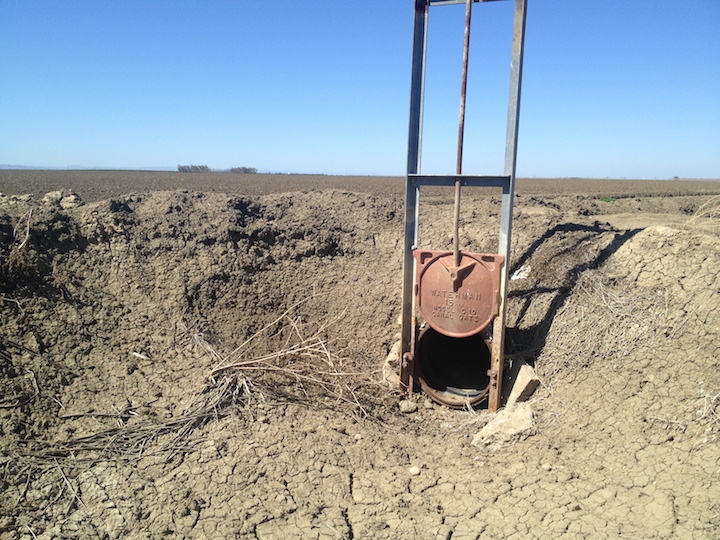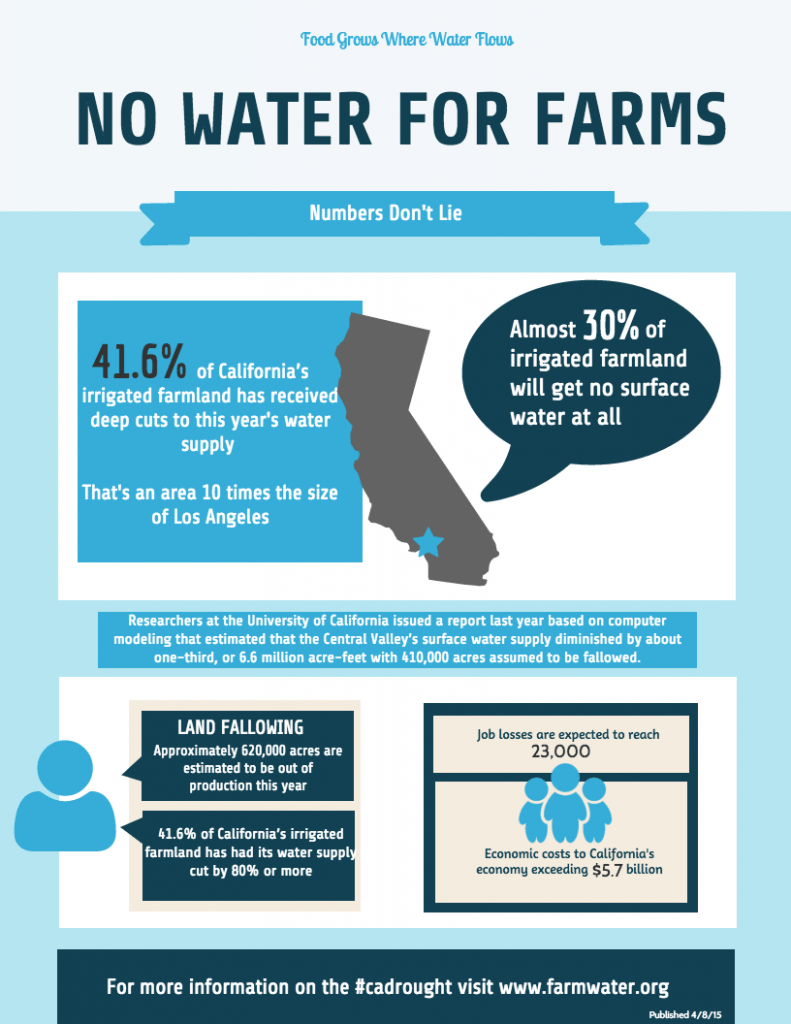6 Things You Should Know About the Recent Presidential Order Streamlining Water Delivery On Friday, October 19, President Trump signed an order streamlining the federal process that governs much of California’s water-delivery system. While this is definitely great news for California farmers, it’s also good news for all California water users. Let’s look at a […]
Smart Policy- Real Solutions
California’s way of life is sustained by our flowing water. From farm fields and grocery store shelves, to city streets- moving water affects us all. Modern water management in the State focuses on two principles- moving water from places and times of abundance to places and times of need efficiently, and balancing the needs of […]
Groundwater overdraft is a fixable problem
Groundwater overdraft is a fixable problem Overdraft. It’s the condition in which something is being removed faster than it’s being replaced. At a bank it’s when you’re spending more money than what you have in your account. In the water world it’s much the same thing. You’re taking more water, usually out of the ground, […]
Over 41 percent of California’s irrigated farmland loses nearly entire surface water supply
Over 41 percent of California’s irrigated farmland will lose 80 percent or more of its normal surface water allocation this year, according to a new survey by the California Farm Water Coalition. The survey of agricultural water suppliers conducted the first week of April shows that 3.1 million acres, or 41.6 percent of California’s irrigated […]
California groundwater pumping impacts preventable
CBS News recently focused on the impacts of groundwater pumping in California, but the causes were avoidable. Improving the reliability of surface water to avoid extracting groundwater from aquifers was a primary goal of California’s water projects. The reality is, California groundwater overdraft impacts were preventable. We applaud 60 Minutes for discussing the important issue […]

